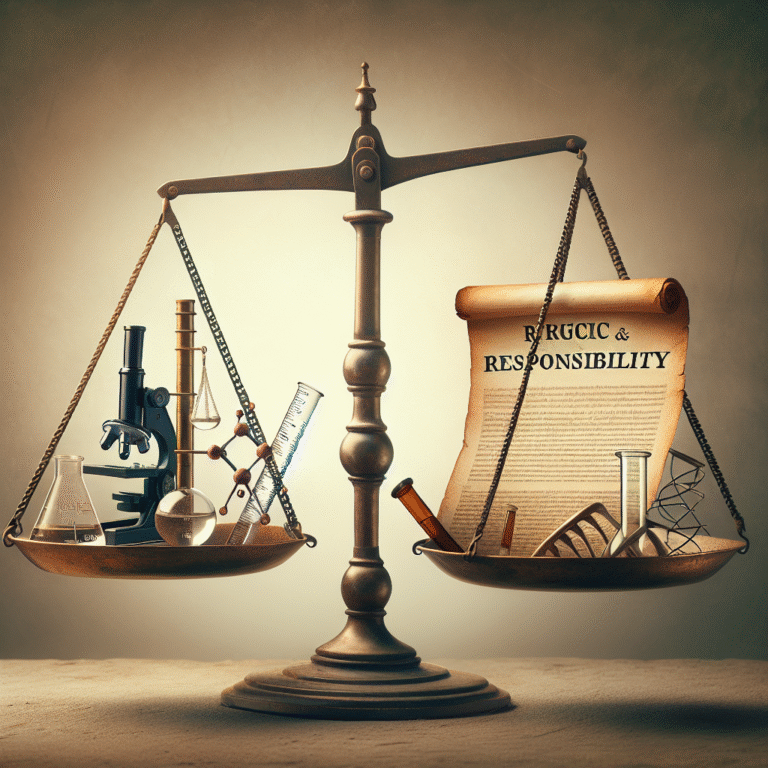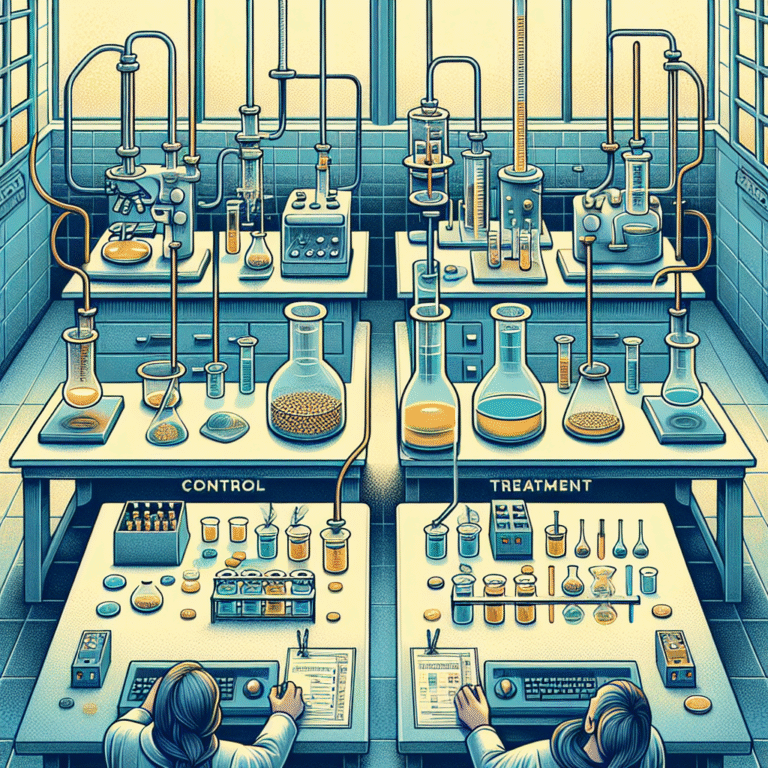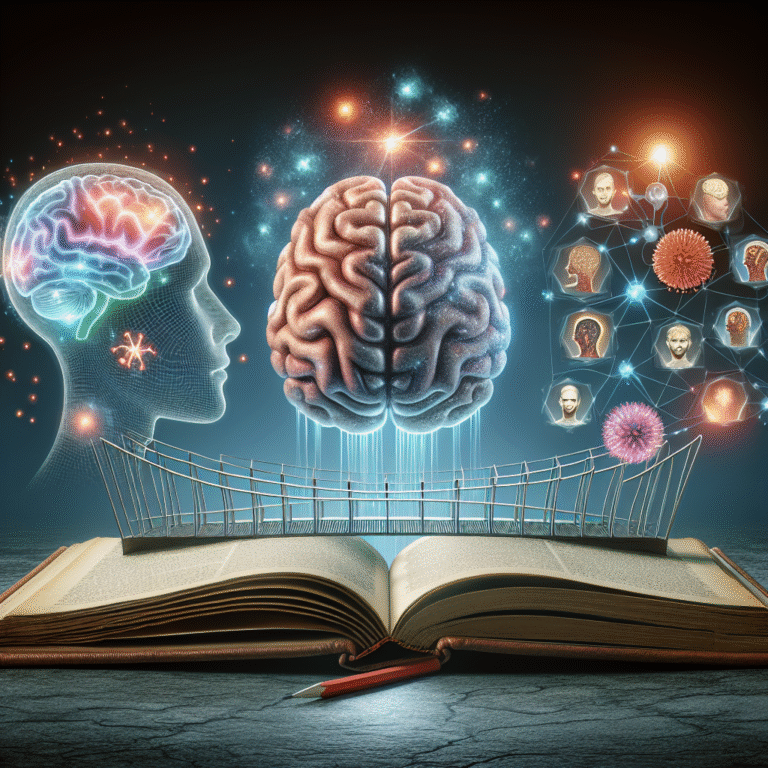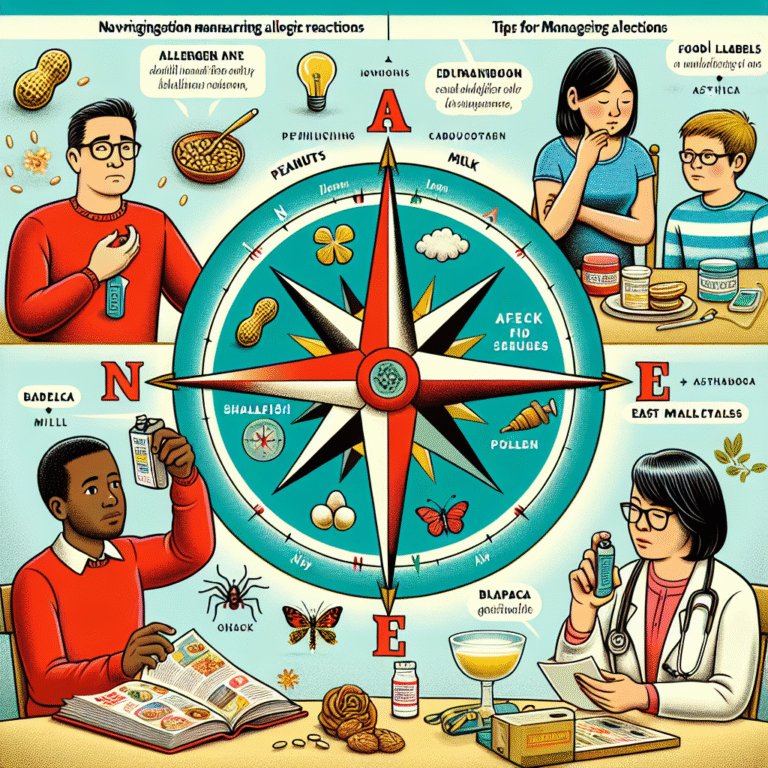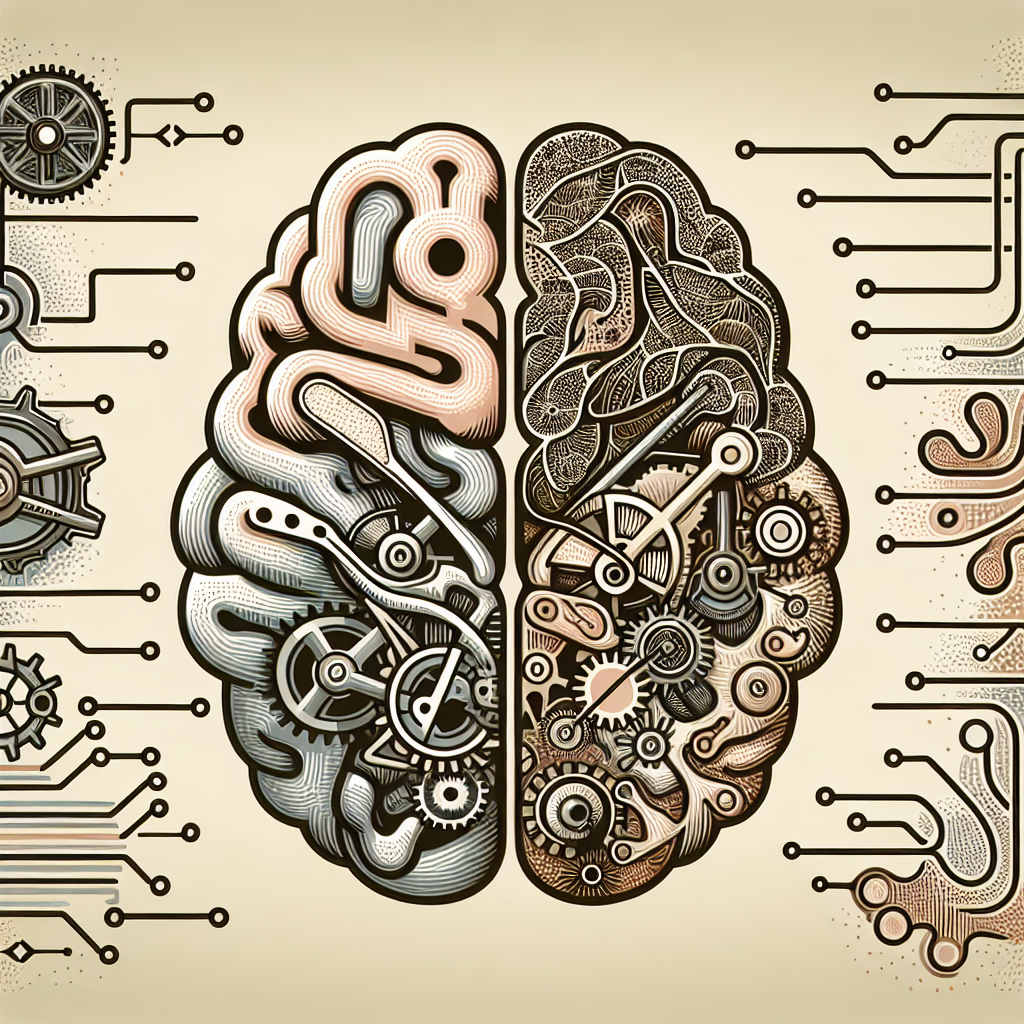
Introduction
Picture this: You’re standing in a grocery store aisle, weighing the pros and cons of two brands of cereal. One has appealing packaging and a promise of being "healthier," while the other is a childhood favorite. What influences your choice? Is it your past experiences, emotional responses, or cold, hard facts? The intricacies of decision making in the brain are not just a fascinating topic; they are central to our daily lives. From choosing what to eat for breakfast to major life decisions like career moves or relationships, understanding the cognitive processes that shape our choices can lead to better, more informed decisions.
In this article, we will delve deep into the mechanisms of decision making in the brain, exploring how various cognitive processes come into play and how this understanding can improve our lives.
The Architecture of Decision Making
1. The Brain’s Decision-Making Center
At the heart of decision making in the brain lies the prefrontal cortex (PFC). This region is responsible for higher-order functions such as planning, reasoning, and impulse control. Studies have shown that when people make decisions, the PFC is repeatedly activated. Another critical player is the amygdala, which scans for threats and emotional salience, injecting an emotional layer into our choices.
Case Study: The Role of the Prefrontal Cortex
In one study published in Nature Neuroscience, participants were presented with hypothetical scenarios that required ethical decision-making. Researchers observed that individuals with damage to the PFC struggled to make balanced decisions, often failing to foresee the consequences. This exemplifies how the prefrontal cortex plays a crucial role in weighing options and making rational decisions.
2. The Emotional Influence
Emotions heavily influence decision making in the brain. The amygdala processes emotional responses, often leading us to make choices based on feelings rather than facts. This phenomenon is known as emotional decision making.
Table 1: Emotional Decision-Making Influences
| Emotion | Impact on Decision Making |
|---|---|
| Fear | Leads to risk-averse choices without rational assessment. |
| Joy | Encourages more optimistic and adventurous decisions. |
| Sadness | May lead to more conservative and cautious choices. |
| Anger | Can invoke impulsive decisions without thorough analysis. |
3. Cognitive Biases at Play
Our brains are wired to utilize shortcuts—often referred to as heuristics—while making decisions. While these can be efficient, they can also lead to biases that skew our choices.
Common Biases in Decision Making
- Confirmation Bias: We tend to seek information that confirms our existing beliefs, ignoring conflicting data.
- Anchoring Bias: The first piece of information encountered serves as a reference point.
- Sunk Cost Fallacy: Continuing a venture due to invested resources rather than future potential.
These biases reveal much about the cognitive processes that shape our choices.
The Decision-Making Process: A Step-by-Step Exploration
1. Identifying the Decision
The first step in the decision-making process is recognizing the need for a choice. This often occurs in the PFC, which assesses risks and benefits.
2. Gathering Information
In this stage, data is gathered to inform the decision. Here, biases may lead to selective information gathering.
3. Weighing Options
Next, we evaluate the alternatives. This involves both rational thought and emotional considerations, activating both the PFC and the amygdala.
4. Making the Choice
After weighing the options, the final decision is made. This can often be influenced by context and emotional states, demonstrating that decision making in the brain is rarely linear.
5. Reflecting on the Outcome
Post-decision reflections can lead to future insights, influencing how we make decisions in the future.
Case Study: Reflective Decision Making
A study conducted by the University of Chicago highlighted how individuals often learn from their mistakes. Participants who reflected on previous decisions showed improved decision-making skills, indicating the potential for growth in cognitive processes related to decision making in the brain.
The Role of Neuroplasticity
1. Adapting Decision-Making Processes
One of the most remarkable aspects of decision making in the brain is neuroplasticity—the brain’s ability to reorganize and adapt its pathways. This adaptation can be crucial when faced with new information or circumstances.
Example: Decision-Making Training
Programs designed to enhance decision-making skills have shown promising results. Participants often exhibit increased activation in their PFC after training, suggesting a strengthened ability to evaluate options rationally.
2. Real-World Applications
Understanding how neuroplasticity affects decision making has profound implications in various fields, from education to corporate training.
Strategies for Better Decision Making
1. Awareness of Cognitive Biases
Recognizing our biases can radically shift how we make decisions. Keeping a journal of decisions and reflecting on outcomes can help identify patterns.
2. Emotional Regulation
Developing emotional intelligence can lead to better management of feelings during the decision-making process. Techniques such as mindfulness can aid in this aspect.
3. Encouraging Diverse Perspectives
Involving others in decision-making processes can reduce biases and offer new insights, echoing the importance of varied cognitive processes in shaping better choices.
Conclusion
The mechanics of decision making in the brain are complex yet fascinating. By understanding the cognitive processes that shape our choices, we can navigate our daily lives with more clarity and resilience. Whether it’s personal or professional decisions, being aware of the influences at play can empower you to make choices that align more closely with your true values and objectives.
Key Takeaways
- The prefrontal cortex and amygdala are vital in decision-making processes.
- Emotional influences can skew our decisions; managing these emotions can lead to better outcomes.
- Understanding cognitive biases can make us more effective decision-makers.
- Reflecting on past choices leads to improvement in future decision-making processes.
- Neuroplasticity allows us to adapt our decision-making strategies over time.
By fostering awareness, improving emotional regulation, and encouraging diverse perspectives, you can elevate your decision-making capabilities to new heights.
FAQs
1. What is the role of the prefrontal cortex in decision making?
The prefrontal cortex is crucial for higher-order functions, including planning, reasoning, and impulse control. It is heavily involved in evaluating options and predicting potential outcomes.
2. How do emotions impact decision making?
Emotions can significantly affect our choices, often guiding decisions based on feelings rather than pure logic. For instance, fear may lead to cautious choices, while joy may encourage risk-taking.
3. What are cognitive biases, and how do they affect decisions?
Cognitive biases are mental shortcuts that can lead to skewed decision-making. They affect how we gather information, evaluate options, and make choices.
4. Can decision-making skills be improved?
Yes, decision-making skills can be enhanced through training, awareness of biases, and reflecting on past decisions. Techniques like mindfulness can also help in managing emotions.
5. How does neuroplasticity relate to decision making?
Neuroplasticity allows the brain to reorganize itself based on experiences. This means that with practice and reflection, individuals can strengthen their decision-making pathways, leading to more informed choices.
In navigating the complex realm of decision making in the brain, we empower ourselves with knowledge that enhances not only our choices but also our lives. Understanding the cognitive processes that shape our choices equips us to make decisions that resonate with our true selves, ultimately leading to a more fulfilling life.





